Uncategorized
-
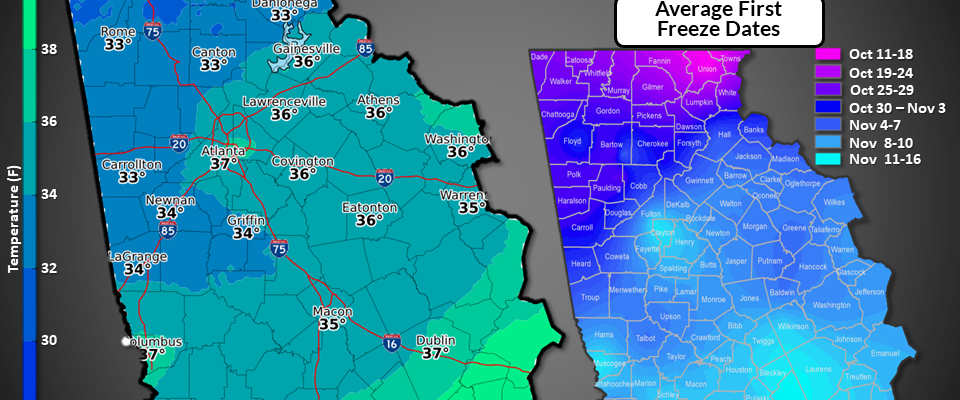
Those who live in northern areas of the region should be watching carefully over the weekend as a blast of even colder air than this morning’s chilly breezes comes through the area. This is likely to bring freezing conditions to some areas. Tender plants and low-lying areas are most likely to feel the effects of…
-
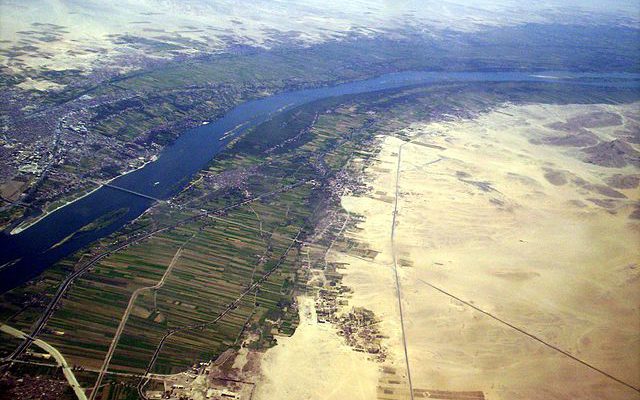
I’ve seen an interesting story this week in a couple of news outlets describing a recent study which linked volcanic eruptions at high latitudes to the flood climatology of the Nile and also to uprisings in Egypt during the reign of Cleopatra. Using ice corp data and climate modeling, scientists were able to link low…
-
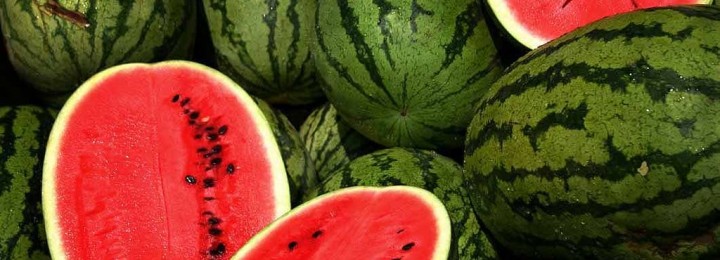
Business Insider had an interesting story earlier this year about how domestication changed five different popular foods from something barely recognizable to something delicious. Check it out and see what your favorite food looked like before scientists and farmers worked their magic at https://www.businessinsider.com/common-foods-before-and-after-domestication-2016-2.
-

Today’s football game in Athens is being played in temperatures far above normal, although they are not quite as close to record-setting highs as we experienced earlier this week. In fact, in much of the Southeast temperatures the last two weeks have been more like July or August than mid-October, although that should change tomorrow…
-
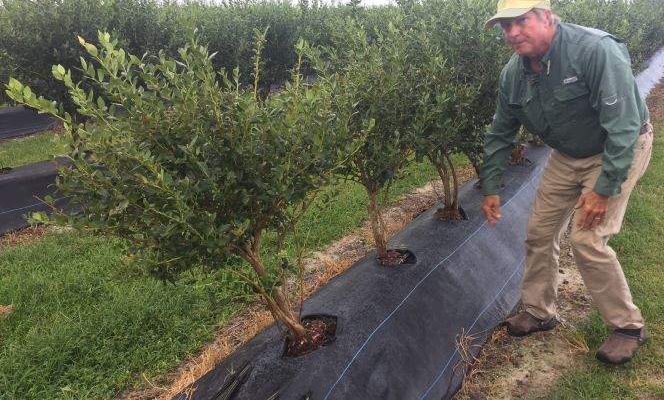
Farmers still have a long way to go to recover from the winds and rain of Irma, almost a month after the storm hit. The Tampa Bay Times has an interesting story about impacts of Irma on one Florida blueberry grower, who lost roughly 100,000 plants to the storm. You can read it at https://tbo.com/news/weather/hurricanes/dade-city-blueberry-farm-still-recovering-after-100000-plants-damaged-by/2340576
-
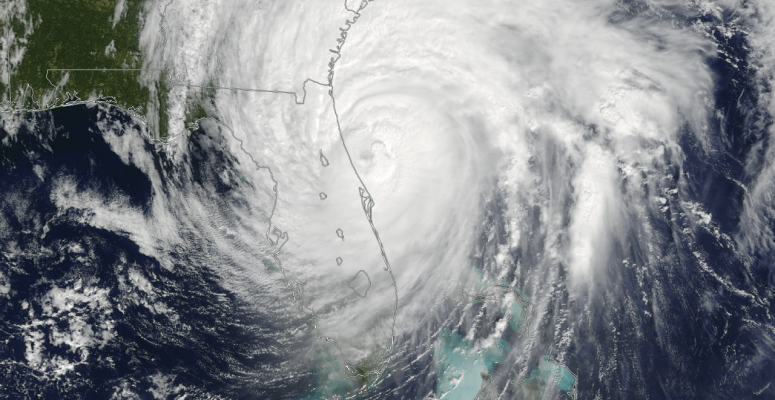
While you might know that PTSD, or Post-Traumatic Stress Disorder, is a result of being in stressful situations like combat under fire, you might not know that it can also occur in people who have lived through a traumatic event like a tornado, hurricane or fire. Politico has an interesting story about the psychological toll…
Posted in: Climate and Ag in the news, Health, La Nina and ENSO, Severe, Tropical weather, Uncategorized -

Watching video of the Michigan versus Michigan State football game downpour yesterday reminded me about some of the all-time great (from a weather standpoint) games I have seen in the past, including the Fog Bowl, Ice Bowl and Snow Bowl. You can read about them at https://weloveweather.tv/extreme-weather-football-collide/?utm_source=sportsweatherwlwtw100317&utm_medium=TW. https://weloveweather.tv/extreme-weather-football-collide/?utm_source=sportsweatherwlwtw100317&utm_medium=TW